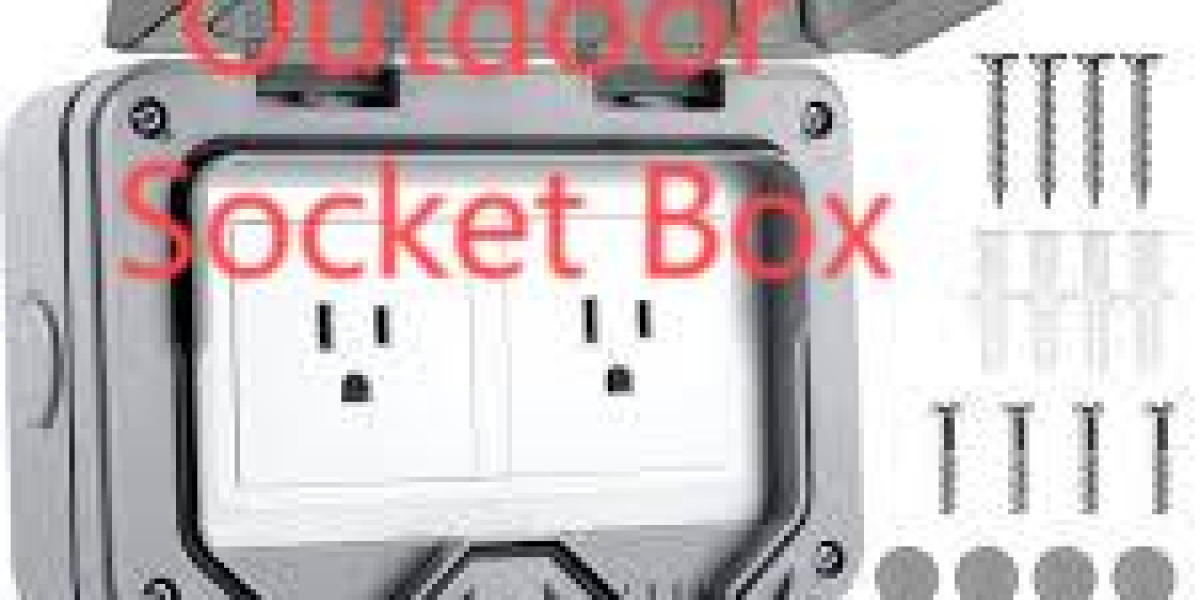Providing dependable exterior power points is a common challenge for modern facilities, which is why many project teams specify a Outdoor Socket Box early in design documents to control weather exposure, routing, and service access; doing so helps avoid costly retrofits later when equipment needs change. Thoughtful selection of an Outdoor Socket Box at the planning stage aligns mounting, sealing, and cable-entry choices with operational realities, improving uptime and technician safety.
Site assessment: match product to the environment
Begin by profiling the installation environment. Is the location exposed to driving rain, salt spray, or airborne particulates? Will the unit be subject to hose-downs or high-pressure cleaning? Understanding these conditions informs choices about housing material, UV-stability, ingress protection levels, and finishes that resist abrasion and corrosion. Also consider human factors: placement height, potential impact zones, and whether tamper-resistant features are needed for public-access locations.
Mechanical mounting and clearance planning
How a unit is fixed determines how well it performs over time. Surface-mounted enclosures should be installed on stable substrates with backing plates where fastener torque might otherwise deform the housing. When mounting to uneven or vibrating structures, isolate the box with vibration-damping hardware and ensure conduit entries maintain strain relief. Leave adequate clearance for door swing, service tools, and cable bend radii so routine maintenance can be done without disturbing seals or adjacent systems.
Electrical integration and load considerations
Detail the expected loads and how circuits will be segregated within the enclosure. Allocate space for protective devices, surge suppression, and termination blocks to avoid overheating and facilitate troubleshooting. When combining low-voltage controls with high-current outlets, provide physical separation or barriers to reduce electrical interference and speed diagnostics. Specifying clearly labeled terminations and accessible test points simplifies commissioning and future expansions.
Nante configurations and service-friendly features
Modular enclosures that support removable mounting plates, pre-cut entry knockouts, and tool-free latches make field work faster and less error-prone. Options such as replaceable gasket strips, captive fasteners, and visual seal-condition indicators reduce the time technicians spend on repetitive tasks. Where visual inspection is frequent, choose models with clear internal separation and dedicated spaces for desiccants or condensate collection to preserve internal dryness between scheduled checks.
Protecting against moisture, dust, and mechanical damage
A robust sealing strategy combines perimeter gaskets, screw torque control, and properly selected cable glands to maintain a continuous barrier. For dust-prone sites, specify fine-mesh barriers and filtered ventilation if airflow is needed. In high-impact or vandal-prone areas, reinforce housings with thicker walls or add protective cages. Consider coatings and sacrificial elements that are easy to replace in the field, which lowers lifecycle cost by avoiding full enclosure swaps after localized wear.
Maintenance, inspection cycles, and spare parts planning
Create a concise preventive maintenance checklist that includes gasket condition, fastener torque, internal dryness, and evidence of corrosion. Schedule inspections around known seasonal stresses—monsoons, freeze-thaw cycles, or harsh summer heat—and maintain a local stock of common wear items like gasket strips, screws, and strain-relief fittings. Keeping simple repair kits onsite shortens downtime and prevents small defects from escalating into circuit faults.
Documentation, labeling, and compliance
Accurate as-built drawings, circuit labels, and ingress-rating documentation help inspectors and future installers understand the intended protection level. Provide clear maintenance instructions and recommended seal-replacement intervals so site teams can preserve performance. Confirm that the selected product conforms to regional electrical codes and any site-specific standards before procurement to avoid delays at commissioning.
Choosing and installing exterior power enclosures with the right balance of protection, accessibility, and serviceability reduces unplanned outages and extends equipment life. Prioritizing modular, service-friendly designs and planning for local maintenance resources ensures exterior power delivers reliable service across seasons. For product variants, configurations, and ordering, visit www.nante.com/product/








